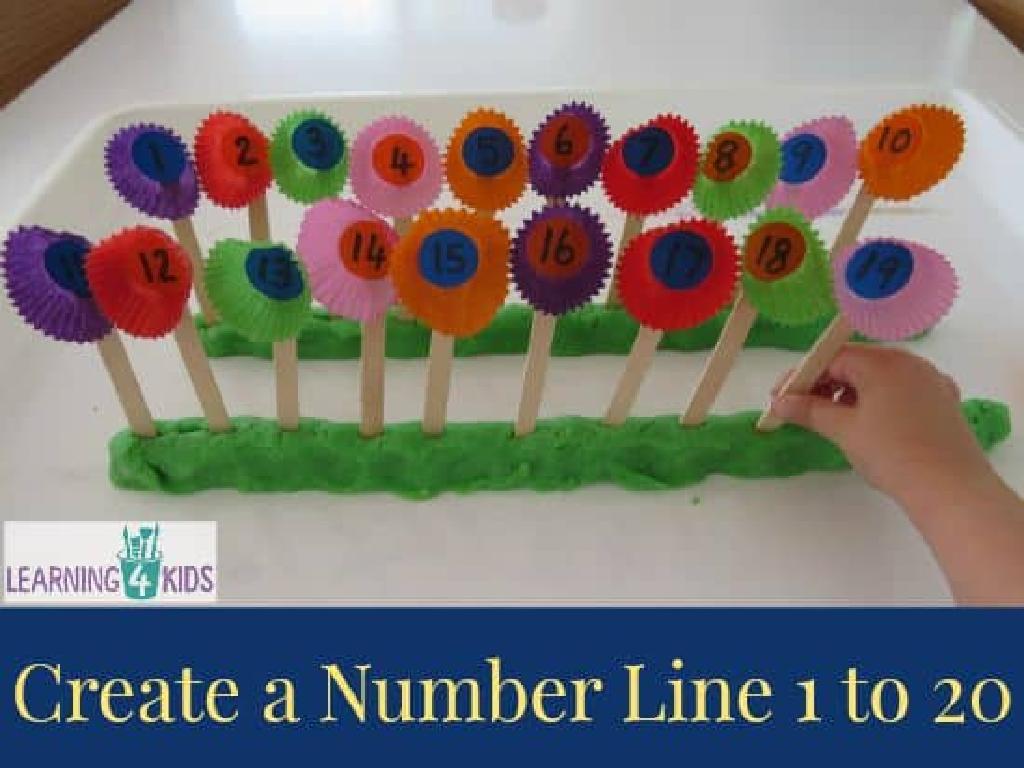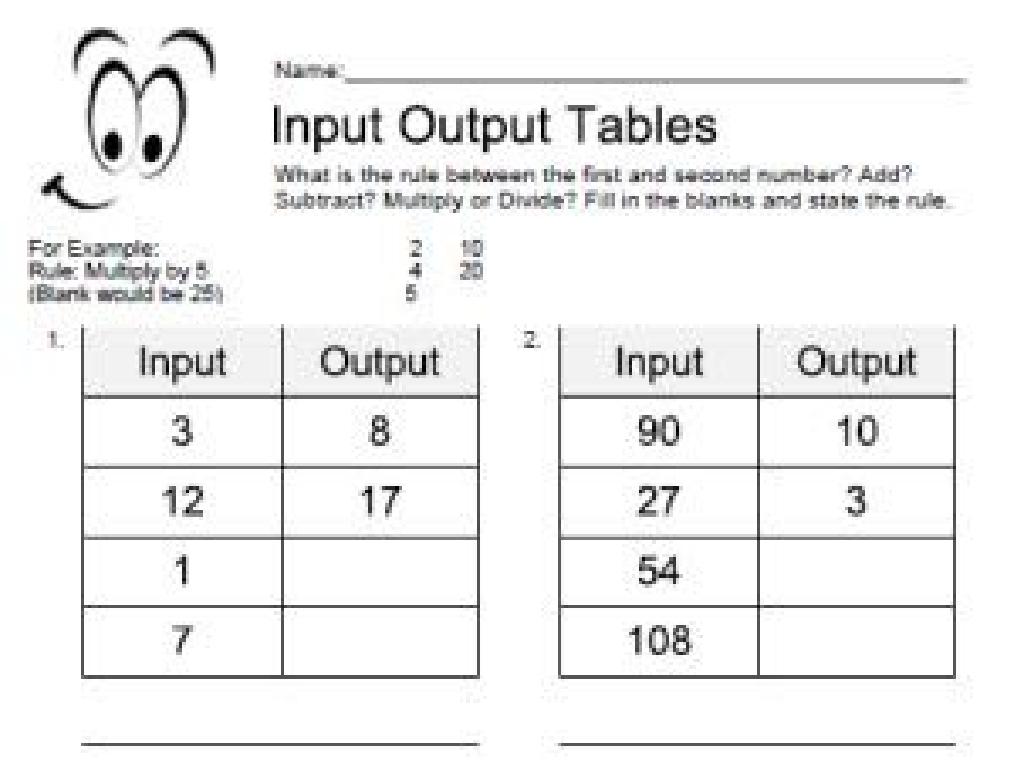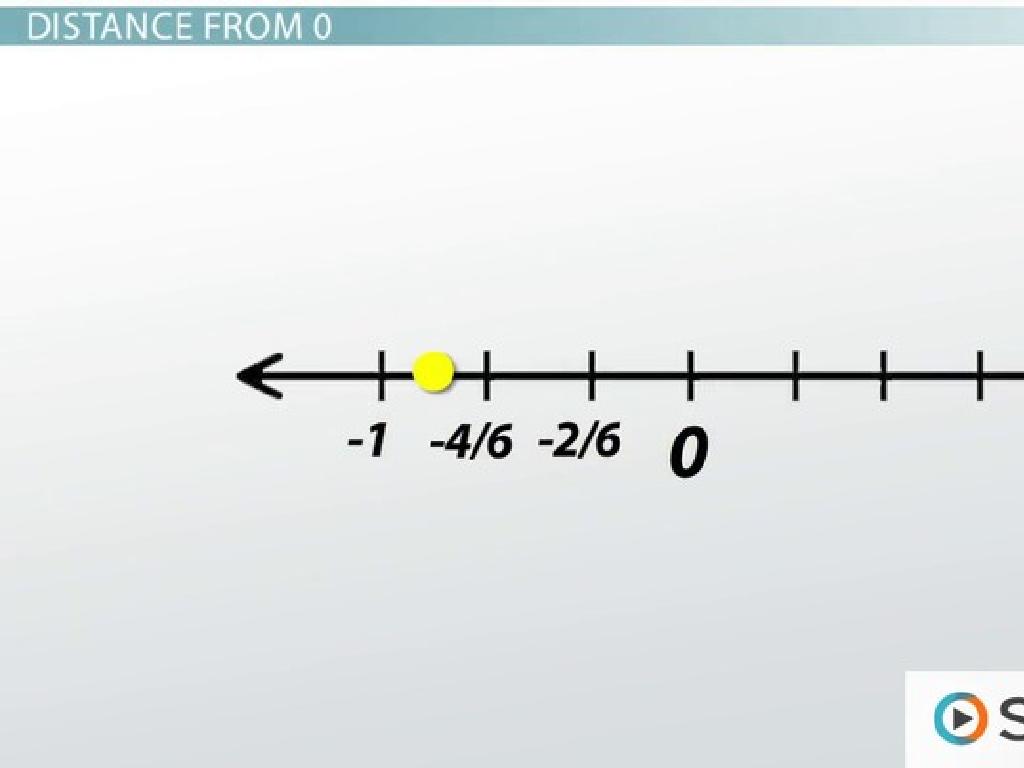Use Actions And Dialogue To Understand Characters
Subject: Language arts
Grade: Second grade
Topic: Sequence
Please LOG IN to download the presentation. Access is available to registered users only.
View More Content
Getting to Know Story Characters
– Characters are the heart of stories
– Actions and words reveal character
– A character who shares often is generous
– Understanding characters enriches reading
– Knowing characters’ traits helps us predict the story
– Let’s explore characters together!
|
This slide introduces the concept of characters in stories to second-grade students. Emphasize that characters are like people in books or movies, and we can learn a lot about them by paying attention to their actions and what they say. Explain that just like we get to know our friends, we can get to know characters in stories. Encourage students to think about what characters do and say to understand their personalities and motives. This understanding will help students to become more engaged with the story and improve their comprehension. Use examples from familiar stories to illustrate points. For instance, discuss how a character helping someone shows kindness. Plan for interactive activities where students can act out scenes or discuss character actions and dialogue.
Understanding Characters Through Action
– What does action mean?
– Action is anything a character does.
– Actions show character traits
– If a character helps others, it shows they are kind.
– Examples of character actions
– Like a character sharing their lunch shows generosity.
– Actions speak louder than words
|
This slide introduces the concept of action in storytelling and how it reveals a character’s personality and traits. Begin by explaining that action refers to the things characters do in a story. Emphasize that these actions can give us clues about the character’s traits, such as kindness, bravery, or selfishness. Use examples from familiar stories or classroom experiences where actions have helped students understand more about a character. For instance, a character sharing their lunch can illustrate generosity. Encourage students to think of actions they’ve read about or seen in stories and what those actions told them about the character. This will help them grasp the concept that actions often speak louder than words in understanding who a character is.
Understanding Characters Through Dialogue
– What is dialogue?
– Dialogue is the words characters say in a story.
– Dialogue shows feelings
– How characters speak can show if they’re happy, sad, or angry.
– Dialogue reveals thoughts
– What characters talk about can tell us what they’re thinking.
– Learn about characters from dialogue
– By listening to their words, we can learn a lot about them.
|
This slide introduces the concept of dialogue and its importance in understanding characters in a story. Dialogue is the conversation between characters in a book or play. It’s a powerful tool that authors use to reveal the characters’ emotions and thoughts without directly stating them. When characters speak, their choice of words, tone, and the topics they discuss can provide insights into their personalities and motivations. Encourage students to think about how they learn about their friends through what they say and how they say it. In the next class, we can practice identifying dialogue in a story and discussing what it tells us about the characters.
Understanding Characters Through Sequence
– Stories unfold in a specific sequence
– Actions and dialogue reveal character
– What characters do and say shows us who they are
– Practice sequencing actions and dialogue
– We’ll arrange events in the order they happen
– Importance of sequence in comprehension
– Knowing the sequence helps us grasp the story better
|
This slide introduces the concept of sequence in stories and how it helps us understand characters better. Emphasize that the order in which things happen in a story is crucial for comprehension. Explain that by looking at what characters do and say, and the order in which these actions and dialogues occur, we can learn a lot about the characters and the story. During the practice activity, students will work on arranging events from a story in the correct sequence. This will not only help them understand the plot but also the development of the characters. Encourage students to think about how the sequence of events can change their understanding of the story.
Understanding Characters Through Actions and Dialogue
– Meet Max and Lily in a story
– Notice their actions and words
– Actions: Max shares his toys. Dialogue: Lily asks politely.
– Think about what these clues mean
– Do their actions show kindness? What can their words tell us?
– Discuss Max and Lily’s personalities
|
This slide introduces students to the concept of understanding characters by observing their actions and dialogue within a story. By examining the behavior and speech of Max and Lily, students can infer traits about these characters. Max’s action of sharing and Lily’s polite dialogue are key details that suggest they are kind and considerate. Encourage students to think critically about what character actions and words reveal about their personalities. In the next class, have a discussion about the characters’ traits and what evidence supports those conclusions. This will help students develop their analytical skills and enhance their comprehension of character development.
Understanding Max: Actions and Dialogue
– Observe Max’s actions in the story
– What does Max do? How does he behave?
– Listen to Max’s conversations
– What does Max say? How does he speak to others?
– Relate actions and words to Max’s personality
– Do Max’s actions and words show if he’s kind, angry, or scared?
– Discuss Max’s character in class
|
This slide aims to help students use context clues from actions and dialogue to understand a character’s traits. Encourage the students to think about what Max does in different situations in the story. Does he help others, or does he get into trouble? What does Max say to the other characters? Is he polite, rude, friendly, or mean? Discuss how these observations give us clues about Max’s personality and emotions. In class, have students share their thoughts on Max’s character and what they believe his actions and words tell us about him. This will help them practice inferring character traits from reading, which is a key comprehension skill.
Understanding Lily: Actions and Dialogue
– Observe Lily’s actions
– What does Lily do in the story?
– Listen to Lily’s words
– What does Lily say to others?
– Infer traits from actions and words
– What do these tell us about Lily?
– Discuss Lily’s character
|
This slide aims to help students understand how a character’s actions and dialogue contribute to their development in a story. Encourage the students to think about what Lily does and how she interacts with other characters. What kind of things does she say? Are her words kind, funny, or mean? How do her actions and words help us understand who she is? For example, if Lily helps a friend, it shows she is caring. If she always tells the truth, it shows she is honest. Use specific examples from the story to illustrate these points. In class, have students share their observations and discuss what these traits tell us about Lily as a character.
Class Activity: Create Your Character
– Imagine your own character
– Think of actions and dialogue
– What does your character do? What do they say?
– Draw your character
– Use colors and shapes to bring your character to life
– Share with the class
– Explain your character’s actions and words to your friends
|
This activity is designed to help students understand how actions and dialogue contribute to character development in stories. Encourage the students to be creative and think about what makes a character unique. They should consider how their character’s actions and what they say reveal their personality and feelings. Provide drawing materials and assist students as needed. Once they have completed their drawings, create a supportive environment for them to share their characters with the class. Discuss the different characters and what we can learn about them from their actions and dialogue. This will help reinforce the concept of using context to understand characters.
Understanding Characters: Actions and Dialogue
– Congrats on learning character clues!
– Characters’ actions and words are key
– What they do and say shows us who they are
– Practice with stories you read
– Find new stories and use clues to understand characters
– Think about what characters are like
– Ask yourself: What would I learn about a friend this way?
|
Well done on completing the lesson on how characters’ actions and dialogue help us understand their personalities and motives. It’s important for students to apply this knowledge by reading various stories and observing how different characters behave and what they say. Encourage them to think critically about the characters, as if they were getting to know a new friend. This will help them develop deeper comprehension skills. Keep fostering a love for reading and analysis in your students by recommending diverse books and facilitating discussions that allow them to share their insights about the characters they encounter.






